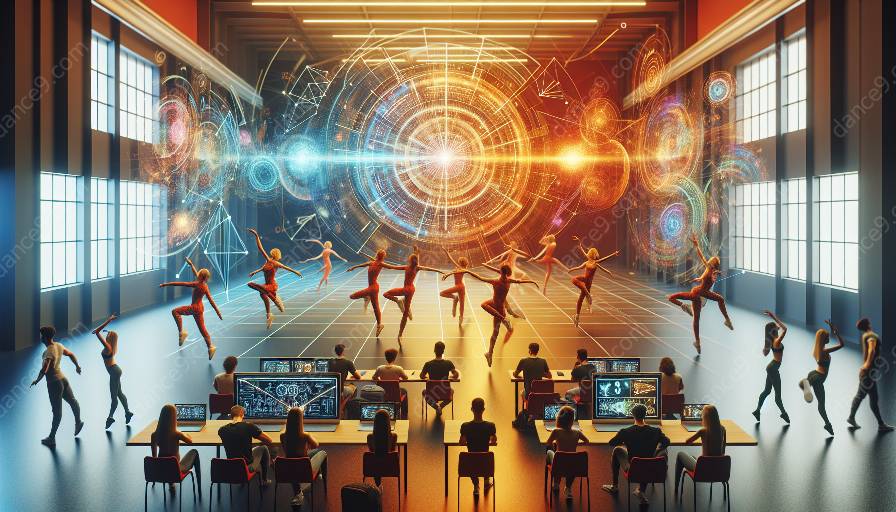Dance is an art form deeply rooted in tradition and cultural significance, but with the integration of augmented reality (AR), the landscape is changing in unprecedented ways. As technology continues to advance, its impact on the dance world cannot be underestimated. This article will explore how augmented reality is influencing the cultural and social aspects of dance practice and performance, and its compatibility with the emerging field of dance and technology.
Augmented Reality in Dance: A New Frontier
Augmented reality offers a new dimension to the way dancers and audiences experience movement and performance. By overlaying digital content onto the physical world, AR has the potential to enhance storytelling, spatial awareness, and audience engagement in dance. Choreographers can use AR to create immersive environments, fantastical landscapes, and interactive elements, offering an entirely new perspective on the traditional dance performance.
Preservation of Traditional Dance Forms
One of the most significant ways that augmented reality is influencing the cultural aspect of dance practice is through the preservation and dissemination of traditional dance forms. AR can provide a platform for preserving cultural heritage by digitally documenting and sharing indigenous dances, allowing them to be experienced by a global audience. This can lead to the revitalization and appreciation of historic dances that may have been fading into obscurity.
Social Impact on Dance Participation
AR has the potential to democratize access to dance education and practice. Through AR-enhanced dance tutorials and virtual classes, individuals from diverse backgrounds can engage in dance training, breaking down barriers of geography, language, and economic status. Furthermore, AR-enabled dance experiences can bring people together, fostering a sense of community and shared participation in the dance art form.
Collaboration and Innovation in Dance Technology
Augmented reality is driving collaboration and innovation in the intersection of dance and technology. AR opens up possibilities for interdisciplinary collaborations, where technologists, choreographers, and dancers can work together to create groundbreaking performances that seamlessly integrate digital and physical elements. This fusion of art and technology is pushing the boundaries of what is possible in dance, leading to new forms of expression and artistic exploration.
Challenges and Opportunities
While the influence of augmented reality on the cultural and social aspects of dance practice and performance is undeniably transformative, it also presents challenges. Integration of AR technology requires a shift in mindset and skillset for dancers and choreographers, requiring training and adaptation to new tools and interfaces. Additionally, questions of authenticity and the preservation of human connection in dance performance arise with the use of AR. However, these challenges also offer opportunities for creative exploration and the reimagining of the dance experience.
The Future of Augmented Reality in Dance
As augmented reality continues to evolve, its influence on the cultural and social aspects of dance practice and performance will only grow. The potential for AR to reshape the way we create, experience, and interact with dance is immense, opening doors to new artistic possibilities and cultural exchange. Embracing AR in dance practice and performance represents a powerful fusion of tradition and innovation, propelling the art form into a new era of creativity and connectivity.

































